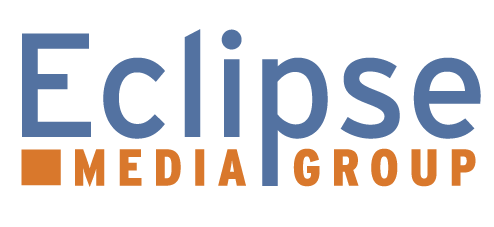5 Myths About PR & Media Relations

By Chelsie Woods
Developing and executing a well-thought out PR and media relations plan is an important strategy for those looking to build brand recognition and to foster future growth. Unfortunately, many businesses give this responsibility to a front office employee who has little or no experience working in media relations. That’s because some believe this responsibility can be handled by most anyone and, if a professional is required, it requires a huge investment, making it cost prohibitive. Here are the five most common myths about PR and media relations.
Myth 1: It’s Easy to Get Media Coverage
Thanks to digital and social media, there are more platforms covering and disseminating news and announcements every day. But that doesn’t necessarily mean it’s easier to get media coverage. Today the media landscape is more competitive and it’s not uncommon for editors to receive dozens of pitches on a daily basis. In this environment, it’s important to get noticed and one of the best ways to do this is to build a rapport with the editor. One way to do this is to understand specific editorial needs, such as the topics the publication is currently covering, so that you can tailor a pitch or identify a subject matter expert that could be a resource for that story.
Myth 2: Magazines Will Publish Anything
Many people think that just because you contact an editor or send an article to a magazine that coverage is virtually guaranteed. That simply is not true. First, it’s important to understand the guidelines of any publication. For those that accept contributed, pre-written articles, many of these look for exclusive content. The last thing they want to see is the same article published by one, two or three competitors. Magazines also want to make sure the article you have written is not a sales pitch. Does the article only talk about your product or solution, or does it address a larger industry trend or issue and its impact on the market? Again, make sure you give consideration to the audience, word count and deadline. Before starting the pitching process, become familiar with the specific needs and guidelines of the publication.
Myth 3: Anyone Can Do PR
It’s true that public relations is not rocket science, but the idea that anyone can do it is a misnomer. The two biggest challenges most businesses face that prompt them to hire a public relations professional is time and knowledge. Not everyone has time at their disposal to invest in writing purposeful content and researching the media outlets that are writing about a specific market. With any media relations and PR initiative it is also critical to come up with a cohesive plan and strategy. How will you get the media to cover your company – is the company announcing a new, revolutionary product or continuing with business as usual? What will be your “news hook?” A PR professional is able to identify your story and position your company so that your spokesperson becomes a unique and valuable resource, ensuring optimal coverage in the media.
Myth 4: Distributing A Press Release with a Distribution Service Will Get You All The Coverage You Need
There are many great press release distribution services available in the market and this type of service is often leveraged by both small and large companies. These distribution services are also important for public companies, which have to ensure that news and information that will have a material impact on the business is readily accessible to the public and potential investors. Distribution services typically cast a very wide net, but can also target media outlets in a specific geographic region or market category, such as Silicon Valley or technology or automotive. However, this does not ensure the announcement reaches the right publications for your business. You also need to reach out directly to target publications covering your specific industry, those that have covered your business previously and those you would like to cover your news in the future. This direct outreach leverages your cultivated relationships and can help you clearly pinpoint coverage and identify coverage opportunities that go beyond just a snippet of information being gleaned from a press release.
Myth 5: You Can’t Measure the Value of Media Relations
Every business is budget conscious and this means it’s important to clearly understand the return on investment on expenses. This includes everything from new software purchases and equipment to attendance at conferences and sales training tools. Media relations is no exception. Investing in media relations and PR has a broad impact on the overall success of a business. If your business has developed a new solution, it’s important to tell both current and prospective customers. How do you do that? Do you just rely on your sales person to speak with people, or do you also invest in data sheets, PowerPoint presentations, and eMarketing campaigns? These are all important tools that help a sales team to succeed. These materials, which fall under the media relations and marketing umbrella just like interviews with the media, thought leadership articles and speaking opportunities, should be leveraged to clearly state your value proposition in the market and deliver a consistent company message. Sales impacts the bottom line and all companies need to develop both supporting marketing materials and a plan to actively engage with customers to differentiate themselves in the market.
— Chelsie Woods is one of two founding owners of Eclipse Media Group. She has nearly two decades of public relations and writing experience in the technology and security industries and worked as a reporter for three newspapers in Maine.
